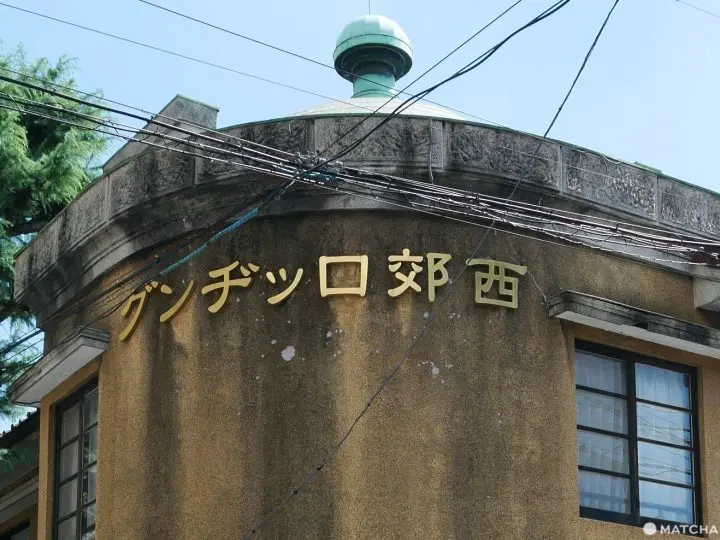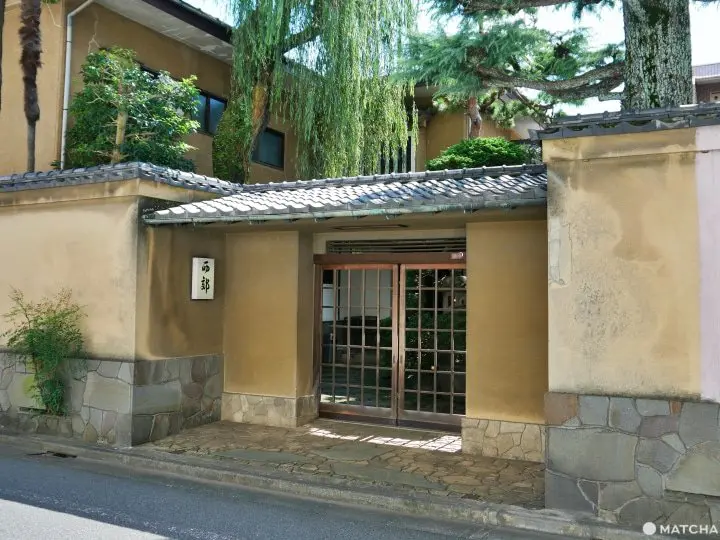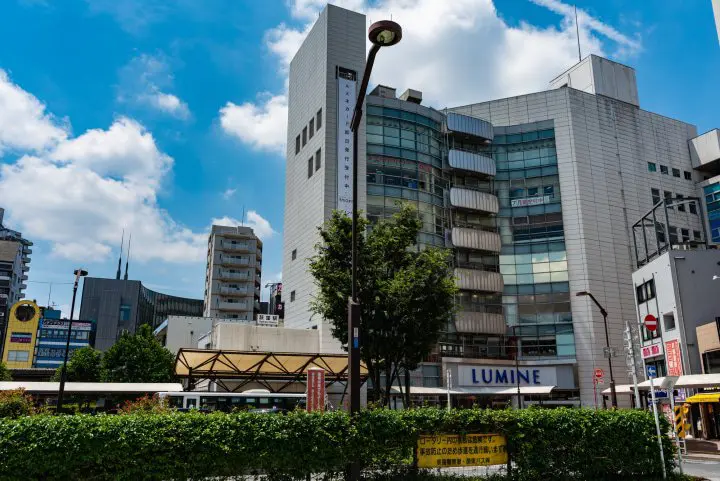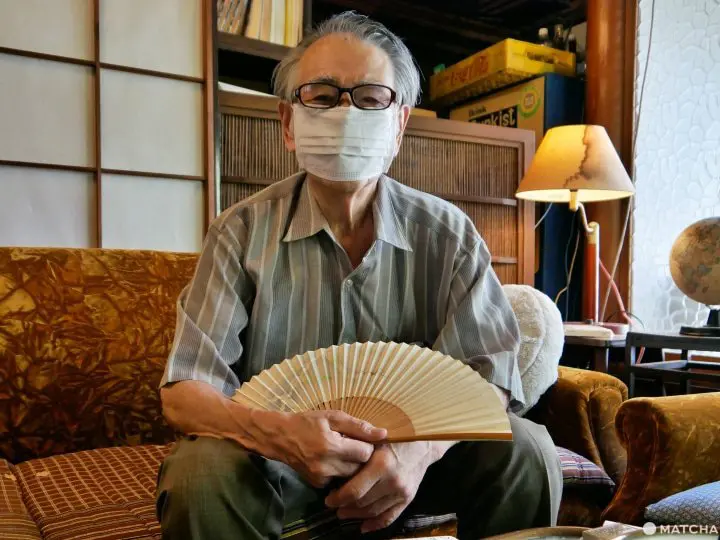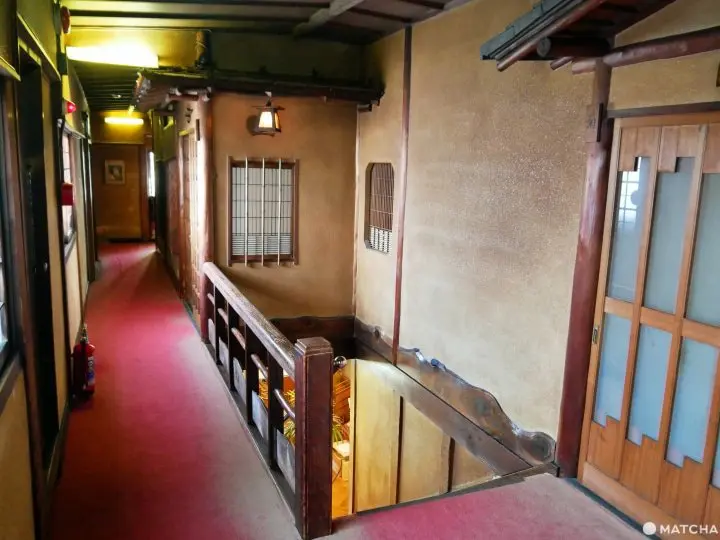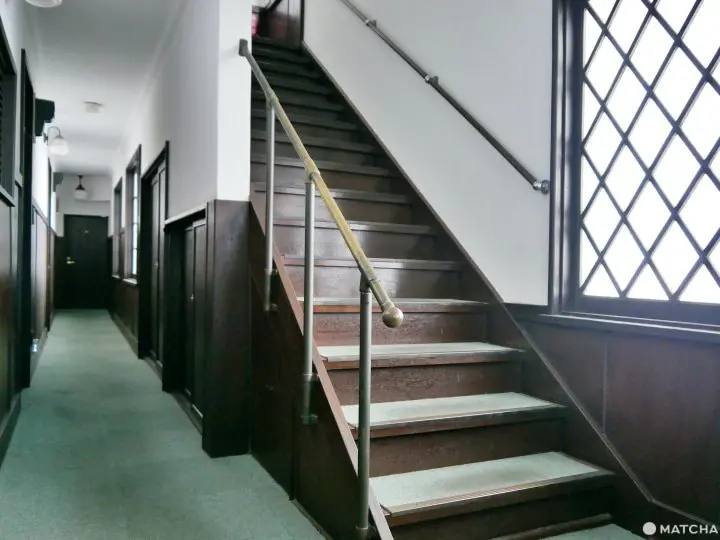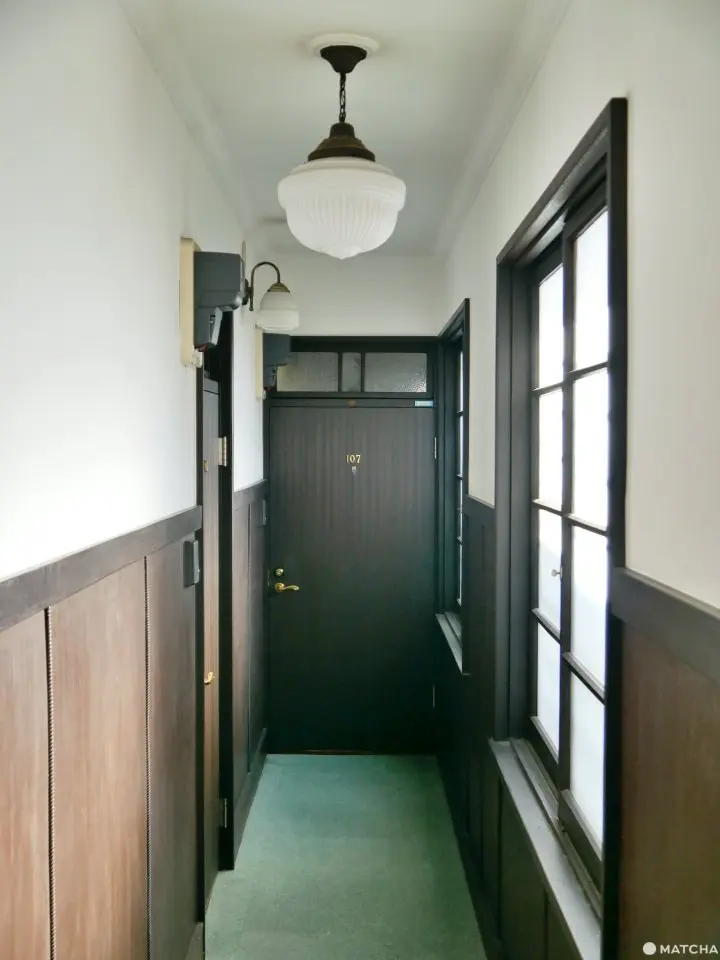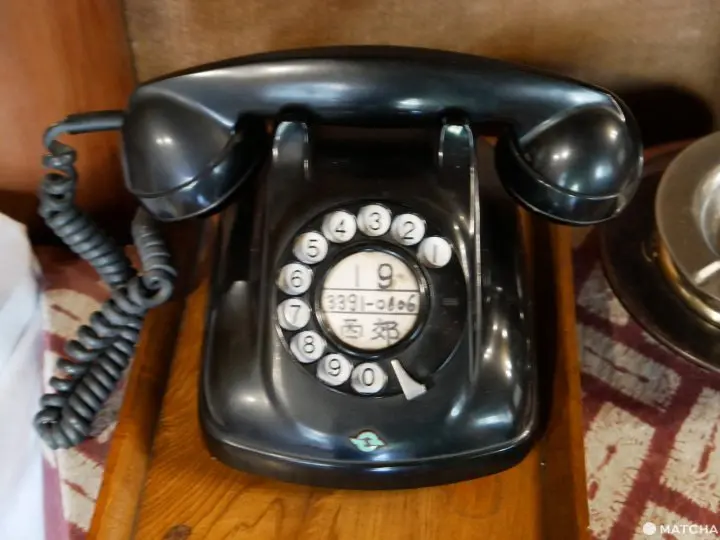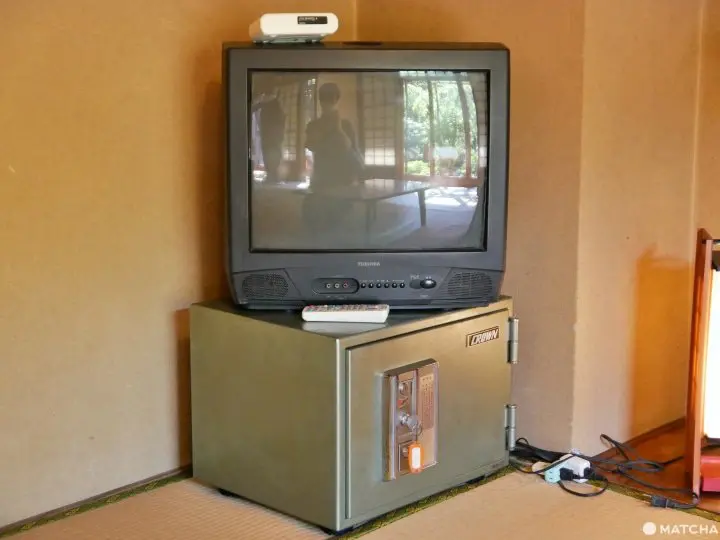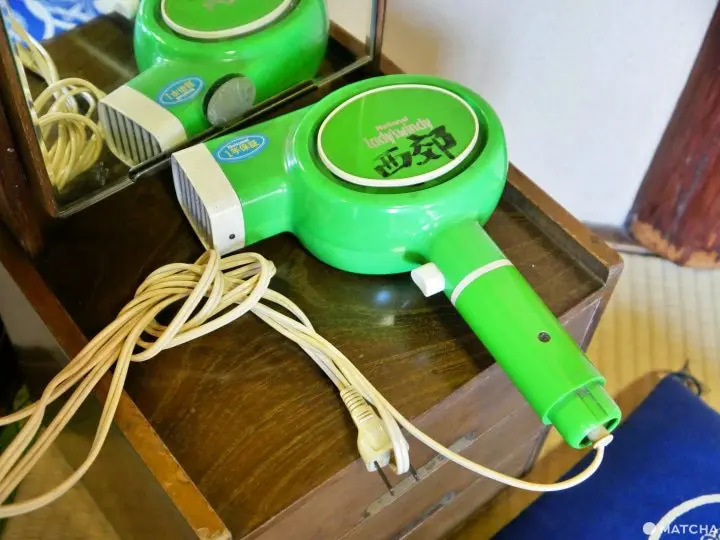Start planning your trip


Seiko Lodging is in a Tokyo residential area, just minutes away on foot from Ogikubo Station's south exit. With a history exceeding 100 years, it was designated a Registered Tangible Cultural Property. This article introduces the history and charm of this retro accommodation.
Seiko Lodging (Annex)
Seiko Lodging first opened as a rooming house in 1916 in Tokyo's present-day district of Hongo (Bunkyo Ward).
The area fell victim to the Great Kanto Earthquake in 1923, and the building burned down. Years later in 1931, the main building (present Ryokan Seiko main building) was relocated to Tokyo's Ogikubo district.
The annex building (the current Seiko Lodging), with its uniquely modern design, was added in 1938.
The third-generation owner Yoshitami Hirama exclaimed, "For me, this building contains a mystery."
The main building and annex feature wood and mortar construction. The bronze dome on the annex's roof and the building's exterior that forms an arc are impressive.
This design was created by Mr. Hirama's grandfather, a former engineer for the Imperial Household.
Both the main building and annex were designated as Japanese Registered Tangible Cultural Properties in November 2009.
JR Ogikubo Station. Photo by Pixta
Mr. Hirama's grandfather was Seiko Lodging's first-generation owner. He previously took part in the construction of the Hayama Imperial Villa. This is a retreat used by the Japanese Imperial family in Hayama, a town located south of Tokyo.
During that time, the people of Hayama were very kind and helpful to him.
Some years later, when he interacted with the residents of Ogikubo, he sensed that they were very similar to the Hayama town locals. This prompted him to choose Ogikubo as his relocation site.
Back then, the heart of Tokyo was Asakusa's west area. Shinjuku and Ikebukuro were not as lively or fully developed yet.
Ogikubo was known as a villa area. It was the site of upper class homes belonging to writers, politicians, doctors, and other notable figures.
Ryokan Seiko (Main Building)
Seiko Lodging was originally a western-style boarding house, a rare sight in Japan at the time. Rooms were private and featured built-in beds and closets, a phone, a mantelpiece, and a gas stove.
The tenants' privacy and comfort were carefully taken into consideration. This was quite revolutionary in those days.
However, with the changes after World War II, demand for Japanese-style rooms increased. For that reason, the main building was renovated into a Japanese-style accommodation. It became the Ryokan Seiko Honkan, the same name it operates under today.
The annex building also underwent renovations in 2001. It was reborn as Seiko Lodging, offering retro-like apartment rooms.
Mr. Hirama
Seiko Lodging is easily accessible on a six to seven-minute walk from Ogikubo Station.
During Japan's bubble economy (around 1986-1990), Mr. Hirama was regularly approached by developers and business people who tried to sell him on the idea of redeveloping the building site.
They said, "Why don't you level the garden and build a business hotel?" and "If you knock down the building and put up a new apartment, you can make a lot more money!"
But Mr. Hirama replied, "We never once thought about redeveloping this property. Since we refused to give in, we're still here today!"
Our writer was impressed by his ability not to be swayed by the thought of immediate profit. There's a sense of gratitude knowing that this cultural treasure was preserved and left behind for everyone to enjoy.
Before the COVID-19 pandemic, many domestic and international visitors stayed at the Ryokan Seiko Honkan. Even after the outbreak, Tokyo residents who love Seiko's retro atmosphere have been staying here and experiencing the city's unique daily life.
First, let's head inside Ryokan Seiko Honkan. Once you set foot inside the entrance, it feels like you've gone back in time to the Showa Era (1926-1989).
It's here that Mr. Hirama and his wife greet their guests. For a brief moment, amidst this warm and welcoming atmosphere, the writer momentarily forgot they were in the middle of a metropolis.
The courtyard garden exudes a Japanese atmosphere. Wisteria flowers face the building's corridor while weeping cherry trees are in the middle of the garden.
Additionally, there are many seasonal flowers. It's not hard to guess the sentiments of Mr. and Mrs. Hirama; they adore their garden!
On the second floor, a rich color scheme enhances the Japanese-style appearance. Nowadays, it's quite possible that historical ryokans like this don't exist anymore in Japan.
Single rooms feature a low table, legless floor chair, futon, and mattress.
In the past, great Japanese writers would confine themselves to a room in a ryokan like this, and engage in writing activities. Despite not being a famous novelist, our writer hopes to come here and do remote work.
Twin rooms offer different floor plans all characterized by their Japanese aesthetic. Despite being an old building, the premises are always kept clean and tidy.
Throughout the guest rooms, you can see the playful way the architect designed the space.
For example, the ceiling craftsmanship is modeled after the bottom of a Japanese ship. When you lie down and look up at the ceiling, you'll never get bored!
Seiko Lodging's annex is currently used as an apartment complex. Just looking at the building, it's easy to see that its sophisticated exterior has hardly faded.
If you bring a friend to stay here, you'll be able to show them the premises with pride.
Though the annex was built in the early Showa Period (1926-1989), the design was seen as innovative at the time. Pioneering a trend in Western-style boarding houses, we were told that it was very popular during its heyday.
"Considering we're right near the station and in a good neighborhood, I think the rent is reasonable," Mr. Hirama stated with a chuckle. Unfortunately, there were no vacancy rooms when our writer visited.
The building's interior was equally impressive. Let's look at some nostlagic items inside!
Pictured above is a dial telephone that was commonly used in Japan during the Showa era. To dial a phone number, insert your finger into the opening corresponding to the number, and rotate the disc-shaped device clockwise.
With the popularity of smartphones, the traditional landline phone has disappeared from many households. It was both surprising and delightful to see an old-fashioned phone like this.
It's no surprise that young people aren't familiar with how to use these phones.
LCD televisions are the norm today. But the rooms at Ryokan Seiko are furnished with retro TVs that still function well.
The safety deposit boxes, doubling as TV stands, also have a long history.
Nowadays, hair dryers are equipped with multiple functions.
We're not sure what era Seiko's green-colored dryer is from, but it has a cute shape and design!
In today's article, we featured the retro Ryokan Seiko. This visit was less nostalgic for our writer, who isn't familiar with the Showa era, and more like a new, exciting experience.
Likewise, there is currently a retro trend quietly making a resurgence among the younger generation.
During your next visit, do try to experience "old Japan," a charming ambiance that remains today in Japanese cities.
In cooperation with Ryokan Seiko
Written by
